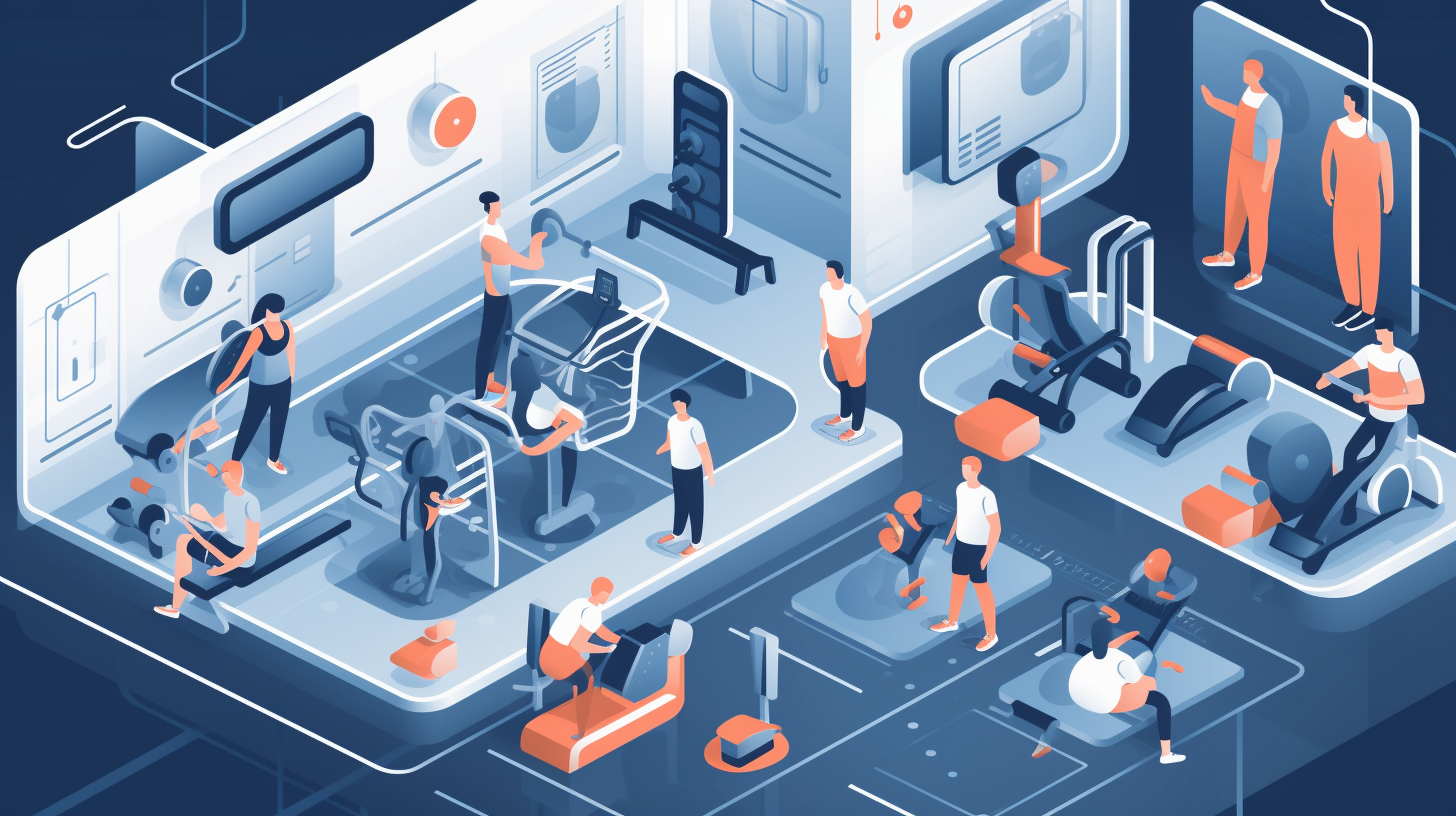Demystifying the AWS Shared Responsibility Model: A Deep Dive into Shared Responsibilities

Picture this for a second. You've grabbed the bull by the horns and registered for a swanky gym, overflowing with cutting-edge equipment. But hold your horses - the management won't be popping veins pumping iron for you, will they? They're providing the tools, the place, the environment, but the sweat and toil, the responsibility of actual working out and getting fit, that's on you.
The AWS Shared Responsibility Model operates on a similar premise. Well, before we sprint ahead, let's stroll through what this AWS Certified Cloud Practitioner (CLF-C01) exam topic entails, shall we?
Understanding the AWS Shared Responsibility Model
The AWS Shared Responsibility Model is rather like a sock hop - it's all about cooperation. In this dance, both AWS and the customer have critical roles to play. Essentially, AWS is responsible for the security "of" the cloud - think infrastructure, hardware, software, networking, and facilities. On the flip side, customers are responsible for security "in" the cloud - such as customer data, platforms, applications, and identity and access management.
It strikes a chord with the dynamics of a landlord-tenant relationship. The landlord holds down the fort ensuring the building's safety and soundness, but the gig of locking doors, securing windows, and shooing away uninvited tea-drinking burglars, that's the tenant's show. AWS provides the bricks, the mortar, and the architecture, but how customers choose to build and secure their castle, that's their prerogative.
The Customer's Responsibility on AWS
As an AWS customer, you're like the ringmaster in your own cloud circus. You wield the power, but shoulder the responsibility too, to steer your environment.
First things first, you bear the onus of handling your data, where classifying it and checking off any regulatory compliance requirements are part and parcel. Securing your AWS credentials, setting up user access controls using AWS Identity and Access Management (IAM), and managing your system configurations also fall under your domain.
A common mistake among AWS users, however, is the misguided belief that because AWS is responsible for security 'of' the cloud, they're off the responsibility hook. Far from it! As an AWS user, you have the ball in your court for patch management, implementing security updates on your EC2 instances, and battening down the hatches of your RDS databases.
Shifting Responsibilities: RDS, Lambda and EC2
Now this is where the plot thickens a smidge. The responsibilities can shift, almost like a mirage, depending on the cloud service utilized. Let's explore this further with the examples of AWS RDS, Lambda, and EC2.
With AWS RDS, AWS manages the underlying infrastructure and handles all the patching, including the OS and the database. However, the onus is on the customer to manage their database's users and permissions, and secure their data through encryption, both at rest and transit.
Switch gears to AWS Lambda, and you'll notice that AWS goes the extra mile. It manages the entire infrastructure from the ground up to the application layer, leaving customers solely responsible for their code's security.
On the flip side, dealing with AWS EC2 requires more elbow grease from the customer. While AWS rolls up its sleeves to deal with the infrastructure and virtualization up to the host's operating system, you're in the driver's seat for managing guest operating systems, updates, security patches, and network configurations.
AWS Responsibilities
Now that we've tackled what's on your plate, let's switch sides and explore what the big guys at AWS handle. AWS is like the ace up your sleeve in managing the lion's share of the heavy lifting.
AWS guarantees the global infrastructure's security, providing a highly robust, physical and environmental protection for its data centers. They maintain multilayer operational and software security, ensuring constant upgrades and patching for their infrastructure software - so you can sleep easy at night!
How to Master this Crucial Topic for your AWS Certified Cloud Practitioner (CLF-C01) Exam?
Well, folks, the AWS Shared Responsibility Model is a crucial exam topic, and mastering the ins and outs are pivotal to acing your AWS Certified Cloud Practitioner (CLF-C01) exam. But hey, no need to sweat bullets over it! Resources like alphaprep.net are the pearls in your oyster, providing an interactive and comprehensive learning platform, guiding you through this and other complex topics. Their platform makes learning palatable and straightforward so you can digest the details and ace your exam.
In summary, in the dance of cloud computing, AWS and the customer are partners, moving to the rhythm of the shared responsibility model. AWS lays the foundation, providing a secure infrastructure, but how you build upon it, secure it, jazz it up - well, that's your part to play. So, step up, take the lead, and dance away to cloud security mastery!